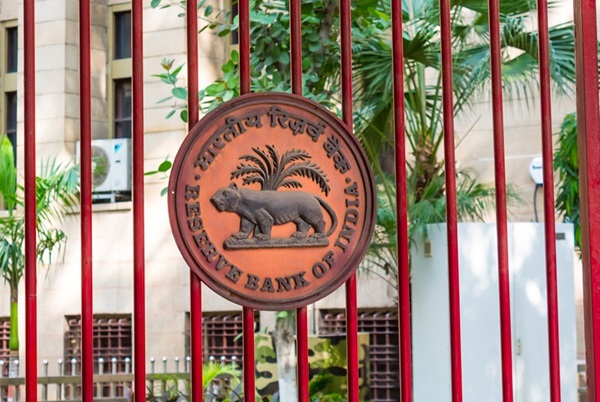.png)
RBI Unlikely to Cut Repo Rate as Focus Turns to Credit Transmission
With inflation cooling and liquidity ample, RBI is set to hold rates and wait for credit transmission before fresh policy moves.


Kembai Srinivasa Rao is a former banker who teaches and usually writes on Macroeconomy, Monetary policy developments, Risk Management, Corporate Governance, and the BFSI sector.
August 4, 2025 at 3:44 AM IST
India’s monetary policy now rests on a delicate balancing act. Inflation, once the main concern, has retreated sharply, yet growth momentum remains below aspiration. The Reserve Bank of India is expected to hold the repo rate steady in its August 2025 review, allowing earlier policy easing to filter through the financial system before deciding on fresh moves in October.
Data from the Ministry of Statistics and Programme Implementation showed GDP growth slowing to 6.5% in 2024-25 from 8.2% a year earlier. Inflation averaged 4.6% against 5.4% in 2023-24, slipping well below the RBI’s 4.7% forecast. By June 2025, consumer prices had dropped to 2.1%, the lowest in over six years, with food costs turning negative. The central bank now projects average inflation of 3.7% for 2025-26 and sees scope for an even lower outturn.
The RBI moved early in June with a 50-basis-point rate cut and a 100-basis-point reduction in the cash reserve ratio. These steps have aimed to revive credit. Transmission has begun, though lending growth is yet to catch up. The weighted average lending rate on new loans dropped to 8.62% in June from 9.20% in May, while deposit rates are easing more slowly.
System liquidity has surged. Surplus cash balances rose from ₹2.6 trillion in mid-June to ₹4 trillion in early July, pushing overnight rates below the repo rate and close to the standing deposit facility floor of 5.25%. The RBI has relied on variable rate reverse repo auctions to absorb excess liquidity and keep rates aligned with the policy corridor.
Despite easier money, credit growth has halved from last year’s pace. Bank lending rose 11% in 2024-25, compared with 20.2% in 2023-24, and fell to a three-year low of 9% in May 2025 before recovering slightly in June. Deposit growth, at about 10%, has kept ahead of credit, improving banks’ lending headroom. The challenge now is to translate abundant liquidity into real economy lending, especially for micro, small and medium enterprises, agriculture and retail segments.
The external backdrop complicates policy choices. The United States’ 25% tariff on Indian exports adds uncertainty even though direct trade exposure is modest. Global risks from the West Asia conflict and the Russia-Ukraine war also weigh on sentiment. The Federal Reserve’s decision to keep rates unchanged at 4.25-4.50% underscores the cautious mood among major central banks.
Given these cross-currents, the RBI is likely to pause in August, letting the effects of past cuts play out while monitoring credit flows and inflation trends. The bias remains towards supporting growth rather than pre-empting inflation, which for now is benign. If lending picks up and deposit mobilisation keeps pace, the October review could open the door to further easing.
India’s monetary stance is entering a phase where policy effectiveness matters as much as policy direction. The central bank’s challenge will be to ensure that rate cuts feed through to households and businesses rather than pool up as surplus liquidity in the banking system. The next few months will test whether this transmission can bridge the gap between abundant money and muted demand.



